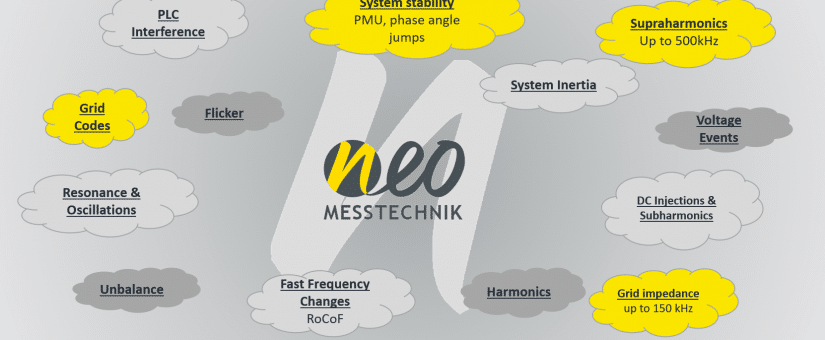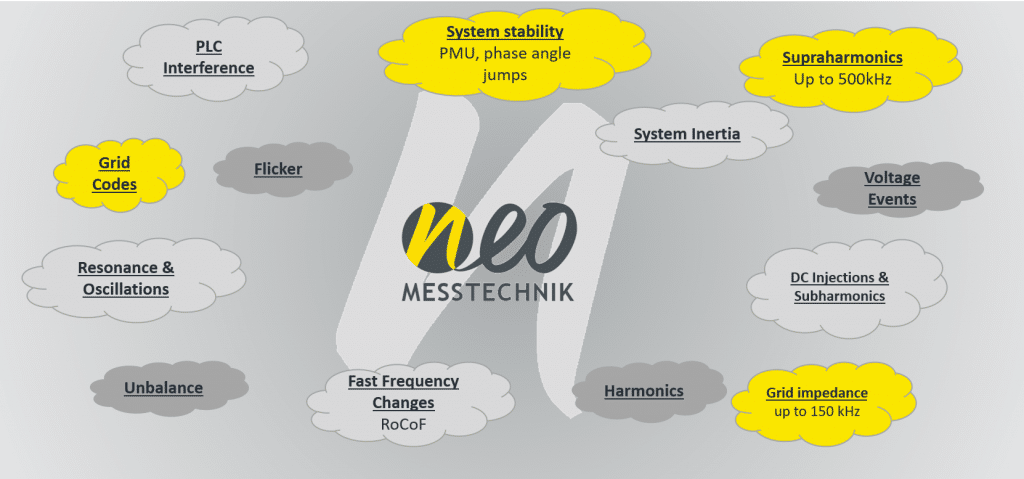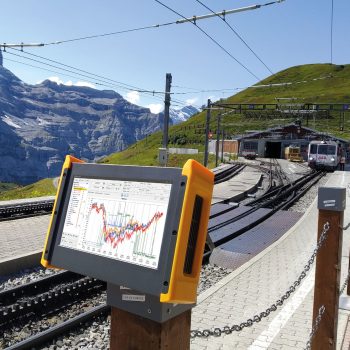
Power Quality Analysis – A Reintroduction
- Posted by Neo Messtechnik
- On 18. January 2021
- 0 Comments
The electricity sector’s development of recent years certainly points towards an increasing complexity and holistic problem-solving approaches. That doesn’t mean it is not manageable any longer. Thoughts and conclusions on the increasing measuring efforts and necessary adaptions for the future of Power Quality Analysis.
Table of Contents
Welcome to Power Quality Explained
You are currently reading the introductory chapter of our new Multipart-Series about the challenges of the energy and electricity sector from our perspective. In the end of this chapter you will find the link to Chapter 1 – Foundational Knowledge.
Power Quality also means working together for a safe and reliable power supply. Similar to that, this blog aims to start conversations and highlight the importance of co-operation by every party involved. Let’s hear from you – we’re ready to answer your comments, questions or suggestions for future articles!
The power grid in change
While the almost-Blackout was the main talking point in the last Blog article, we are taking a step back for a reintroduction of Power Quality Analysis as we know it. The basic concept of power supply has always been taught in a very simple yet comprehensible way. You mainly talked about the interaction of (large) conventional power plants, the grid and concepts of load-flow regulations. Consumers completed the whole picture of generation, transmission and consumption by, well, consuming the provided energy. However, all three areas have certainly evolved dramatically in the last years.
Consequently, measurement and analysis solutions have to keep up with these developments as well. Experienced engineers determine very quickly which hardware and software specifications are still, by design, tailored to the old-fashioned measuring and analysis needs of the past – and which ones aren’t limiting the engineer’s capabilities and tasks any longer.
Let’s take a look at Power Quality phenomena
Whenever electric wave signals deviate from ideal sinus waveforms, Power Quality phenomena arise. As a result, Power Quality Analysers and Monitors are needed to ensure grid stability. From our experience, PQ Analysis nowadays goes way beyond EN50160 and other reports defined by the measurements of Voltage Variations, Frequency, Harmonics (50th order), Flicker or Unbalance.

Power Quality Analysis paradigm – Switching frequencies
Let’s take a look at an example. The increase of power-electronic interfaces and operating switching frequencies require emission analysis up to the range of 500kHz. Smaller and separated generation units influence the emissions of the total system and demand more troubleshooting. Power Quality Analyser must blend in seamlessly in various application areas throughout the power grid.
Summing up, Power Quality Analysis and Monitoring solutions should reflect the customer’s understanding and make life easier for power grid applications of today. Depending on your specific field of application, NEO Messtechnik offers you the proper analysing and monitoring solutions. Our great strengths are in supplying complete and reliable measurement systems that are easy-to-use. This includes mobile PQ Analyser with multi-touch display and 4 hours of mobile operation as well as monitoring solutions with up to 48 channels, 144kS/s and 24 bit resolution. Beyond that, intuitive software simplifies the analysis, report generation and data exports by working in the cloud.
What do you think are the main challenges of Power Quality Analysis at the present day? I would like to know more about your view on this topic – feel free to leave a comment, private message or visit NEO Applications all over the grid.
Bernhard Grasel, Sales Manager NEO Messtechnik
New Power Quality Analyser revealed on our LinkedIn Page
Are you already following NEO Messtechnik on it’s LinkedIn presence? There we will introduce our newest flagship PQ Analyzer shortly! Make sure to be among the first to find out more about specs, device options and so much more ..




0 Comments